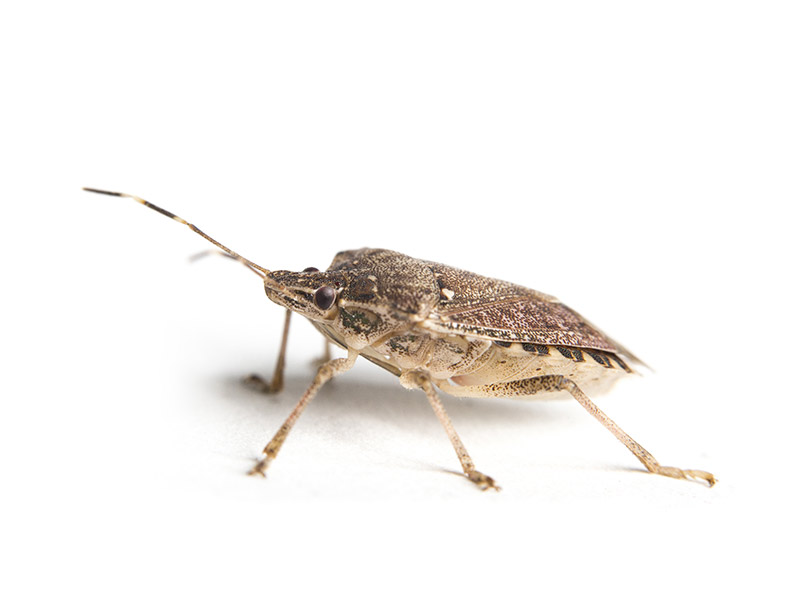Reliable Pest Control to remove pests, mice, and termites permanently.
Eco-Friendly Parasite Control Approaches for Managing Wildlife in Urban Locations
Urban locations commonly discover themselves at the crossway of human activity and wildlife, leading to one-of-a-kind obstacles in parasite administration. These methods not only safeguard the environment but additionally improve neighborhood engagement in wildlife monitoring. As city populations continue to expand, recognizing the characteristics of wild animals interactions becomes significantly critical.
Recognizing Urban Wild Animals Dynamics
Understanding Urban Wild animals Characteristics is important for developing effective and environmentally friendly pest control approaches. Urban locations are significantly becoming habitats for numerous wild animals species, driven by elements such as environment fragmentation, food accessibility, and human advancement. Acknowledging these dynamics permits for a nuanced method to pest monitoring that lines up with ecological concepts.
Urban wildlife commonly includes varieties such as raccoons, squirrels, and birds, which adapt to city settings, finding particular niches in eco-friendly spaces, parks, and even residential locations. Their presence can cause conflicts with human beings, particularly when they manipulate personnels for food and sanctuary. Understanding the actions and environmental roles of these varieties educates approaches that reduce adverse interactions while promoting biodiversity.
Moreover, recognizing the interdependencies within urban ecological communities helps in determining essential areas for habitat conservation and reconstruction. This knowledge adds to the advancement of incorporated parasite management (IPM) methods that think about the eco-friendly equilibrium, thereby decreasing dependence on unsafe chemicals. By cultivating coexistence in between human beings and city wild animals, cities can develop much healthier settings that profit both residents and local communities, paving the method for sustainable metropolitan living.
Natural Repellents and Deterrents
Natural repellents and deterrents provide a sustainable alternative to conventional insect control methods by utilizing the power of nature to keep unwanted species at bay. These environmentally friendly services usually use plant-based components, vital oils, and other naturally occurring materials that hinder bugs without hurting the atmosphere.
One efficient natural repellent is peppermint oil, which is understood to ward off rodents and insects. Its solid fragrance is unpleasant to numerous pests, making it a preferred selection for metropolitan settings. Similarly, vinegar and citrus peels can function as deterrents, as their solid odors are typically unappealing to numerous wildlife.
In addition, diatomaceous planet is a natural powder that can be spread out in locations vulnerable to insect task, efficiently drying out and deterring insects without posing dangers to non-target varieties. Moreover, garlic sprays and neem oil are acknowledged for their capacity to fend off a variety of parasites, including both pests and larger wild animals.
Applying these natural repellents not just reduces reliance on chemical pesticides yet also advertises a much healthier urban environment, fostering a much more well balanced coexistence between people and wild animals. By utilizing these techniques, city areas can successfully take care of pest populations while decreasing ecological impact.
Habitat Adjustment Strategies
Effective habitat adjustment strategies play an important duty in lasting insect administration by modifying the environment to make it less for pest problems. By understanding the ecological dynamics of urban areas, home proprietors can carry out critical alterations that deter pests while advertising biodiversity.
(Pest Control in Port Charlotte)One key technique includes preserving appropriate hygiene. This consists of normal waste elimination, securing garbage can, and eliminating standing water to decrease breeding sites for bugs and rodents. Furthermore, landscape design methods such as choosing indigenous plants can improve environmental equilibrium, supplying environments for valuable organisms while lessening resources for insects.
Another vital approach is to seal access points in buildings. Evaluating and fixing cracks in structures, wall surfaces, and windows can significantly lower bug access. Producing physical barriers, such as fencings or plant buffers, can inhibit wild animals movement right into human-inhabited areas.
Integrated Bug Management Practices
Structure upon habitat alteration techniques, incorporated insect monitoring (IPM) methods supply an alternative approach to managing parasite populations while minimizing environmental influence. IPM combines numerous strategies, consisting of biological, social, mechanical, and chemical controls, to attain efficient pest administration.
Biological control includes the intro of natural predators or bloodsuckers to reduce insect populaces. Cultural methods, such as plant rotation and cleanliness, interfere with pest life cycles and lessen their habitats - Pest control service. Mechanical controls, like catches and barriers, offer prompt relief from pest pressures without chemical treatment
Chemical controls are made use of as a last resort, focusing on targeted applications that limit damage to non-target varieties and the environment. The selection of eco-friendly chemicals, when essential, is integral to the IPM framework. Additionally, checking pest populations and evaluating prospective damage assists educate decision-making, ensuring that interventions are timely and efficient.
Neighborhood Involvement and Education

(Stable Fly Control)Workshops and educational sessions can gear up citizens with understanding regarding indigenous types, environment preservation, and efficient non-toxic insect administration methods. Partnership with institutions, regional organizations, and government agencies further enhances educational outreach, guaranteeing that necessary details gets to varied audiences.
Moreover, community-led efforts, such as neighborhood clean-up days and habitat remediation projects, not only promote biodiversity yet additionally reinforce neighborhood ties. Pest Control. By urging citizens to share their experiences and observations, areas can establish targeted techniques that address details regional insect concerns
Integrating feedback from homeowners into pest monitoring prepares makes it possible for a much more receptive and adaptive approach to wild animals challenges. Inevitably, informed and involved communities are vital to accomplishing long-term success in eco-friendly bug control, leading to much healthier urban settings that appreciate both human and ecological requirements.

Conclusion
Finally, eco-friendly insect control comes close to deal sustainable solutions for managing city wild animals. By focusing on habitat adjustment, utilizing all-natural repellents, and implementing integrated bug monitoring practices, communities can promote a harmonious conjunction with neighborhood animals. In web link addition, involving residents through education enhances awareness and urges responsible wild animals communications. Eventually, these approaches not just secure biodiversity however likewise promote environmental health, guaranteeing urban areas remain vibrant ecosystems where human beings and wild animals prosper together.